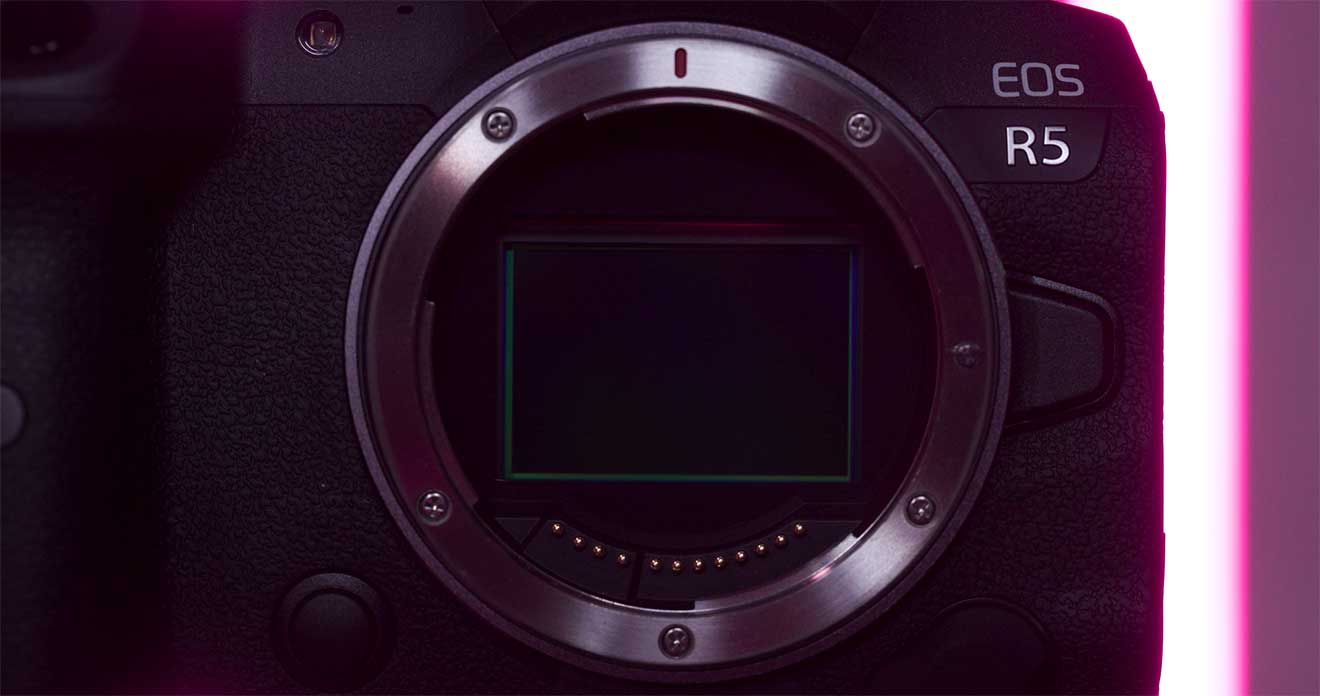What is 8K and how will you use it?
Much excitement about the still in-development Canon EOS R5 stems from the announcement of 8K capture. Pixel count in resolution seems to relentlessly escalate year-to-year – but what does this number actually mean? And does it have a real and practical application?
If you are still new to video, make sure you have read our post Video Basics for Self-isolators (Part 1) which includes a solid explanation of video resolution in plain language.
In a nutshell, 8K is simple to understand. It’s as easy as doubling the pixel count 4K – and its advantages.
In numbers, 4K DCI is 4096x2160 pixels, and 8K DCI 8192 x 4320. If you consider Full High Definition (FullHD) video as being great (and the standard for much of our currently delivered content for broadcast and online) and 4K as a vessel that encapsulates the quality of approximately four FHD screens, the incoming 8K is four times better again.
If that quality seems hard to visualise, it’s probably because most people haven’t encountered an 8K screen showcasing 8K captured footage. The first real world encounters with 8K occurred around 2015 and while some high-end cinema cameras are shooting 8K footage now, the results are still for the most part enjoyed on lower resolution screens.
At full resolution, 8K will offer better clarity and detail and show off the best, sharpest capability of your lens kit. But what are you going to do with all that pixel quality, detail and file size?
One huge benefit of 4K+ resolution sensors is the ability to oversample to produce sharper lower resolution files with better colour clarity.

Beyond pixel count fetishists and their love of maximum pixels, the most immediate benefit of 8K is in editing. 4K capture opened up the ability to use digital cropping, zooms and pans while being able to output at FHD. The ability to crop into 8K resolution means you can play with the frame and still export the results at an amazing 4K resolution.
Though the final sensor specs are yet-to-be-announced, it is anticipated that alongside 8K will come the ability to draw very high-resolution stills files from footage.
It will also help future-proof you work and content over the next few years while technology continues to leap forward at alarming and exciting speeds. Being ahead of the pack is always better than being behind – and as platforms adapt you don’t want to limit the ways your client can use your work as screens and streaming services develop.
There’s no better indicator of this than the upcoming release of the Canon EOS R5 which is bringing 8K RAW, uncropped internal recording up to 30fps capability into a small, semi-professional mirrorless camera body.
While the price tag is yet to be released, it is a member of the EOS 5-Series family, which has a legacy of making full-frame, powerful cameras accessible to both consumer and professionals.
This indicates 8K capture will be the norm rather than the future much sooner than we expect.
